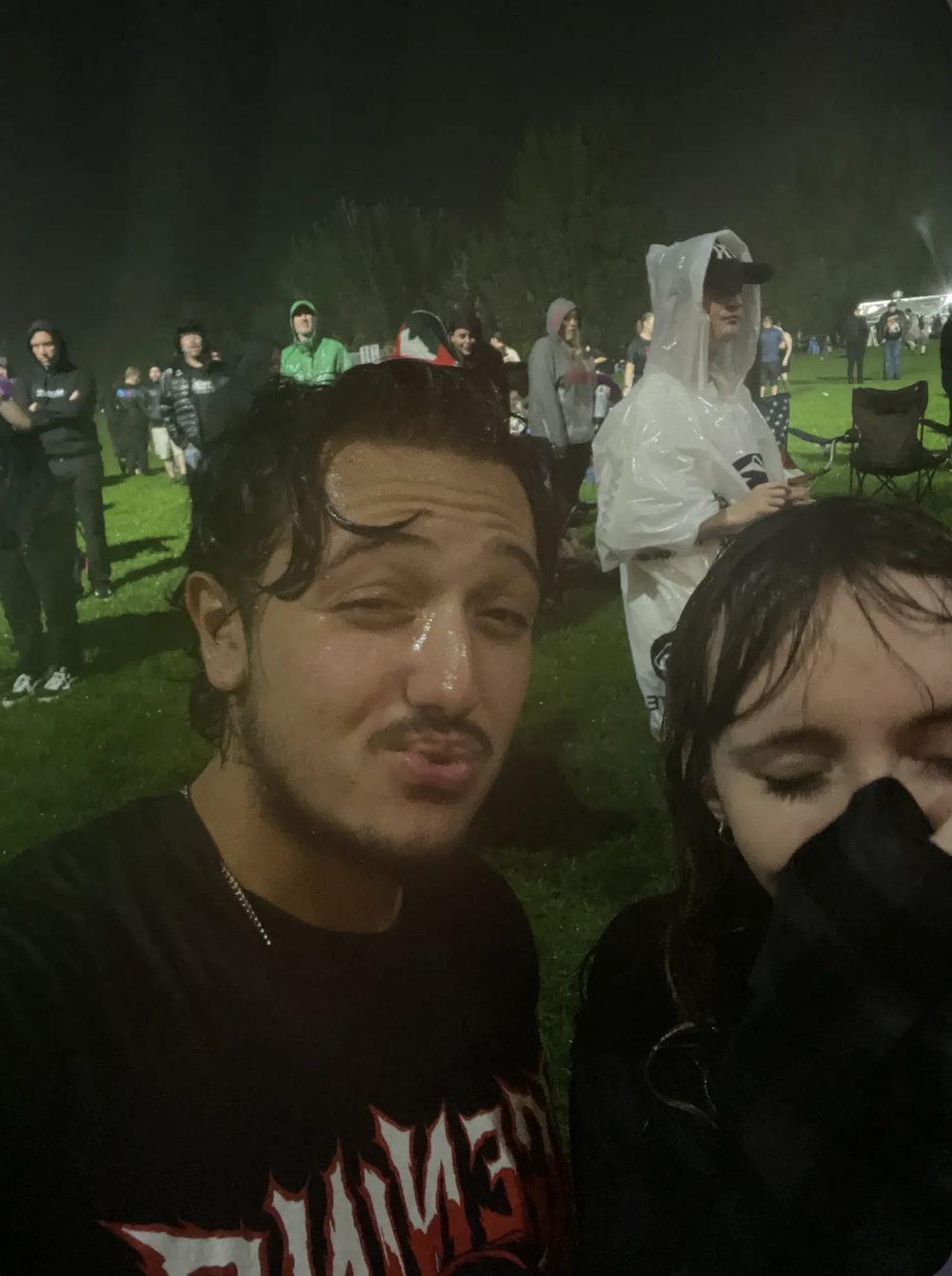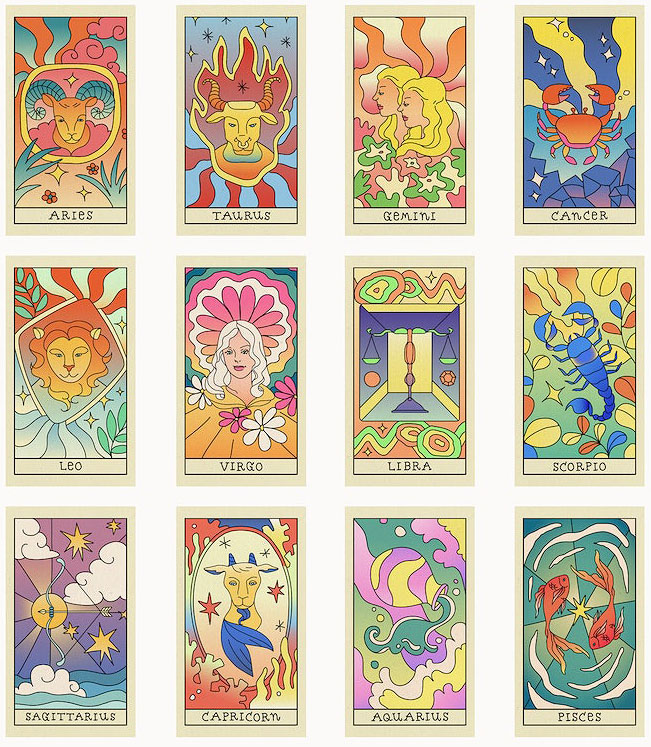Don’t let seasonal depression win
Seasonal affective disorder, commonly known as seasonal depression, is a disorder effects six of 100 people in the United States overall. However, it’s most commonly seen in New England. Even though the worst time of year is for people who suffer from SAD is January and February, some students start to feel the pain earlier.
For the past few weeks, there has been a significant change in weather, not to mention that the sun disappears faster as the days are becoming shorter. The effects of seasonal depression can be so overwhelming for students to the point that mental help is necessary.
Seasonal affective disorder is described as a type of depression that comes and goes with the seasons, according to the National Institute of Mental Health.
In the state of Vermont, 10 percent of people suffer from seasonal affective disorder. Even though that number seems small, it’s still affecting a large portion of the state.
So why is it important to talk about it now? Preparing for SAD and knowing the signs can be a step to identify symptoms before they come too much to handle.
Most signs of SAD start to appear as the time of day shortens and the weather gets colder. The most common symptoms include sadness, a gloomy outlook, loss of interest in hobbies or activities, low energy, and a feeling of hopelessness or worthlessness.
Even though these symptoms are also common with overall depression, there’s still a difference that is easy to figure out which might be affecting you. Before the fall season struck, reflect back to your mental health arriving to school.
Were you happy, optimistic, and enjoyed the activities you took part in?
Have you seen a sudden decrease in your mental health or overall wellbeing? If so, check in with the Wellness Center! They always are willing to help!
Even though seasonal depression can be hard to stay on top of, there is one thing that helps the people affected get through the dark season: light therapy.
Light therapy is viewed as the best way for treatment of SAD. It is a substitute for natural sunlight and is a mood booster during the fall and winter equinox.
The University of Vermont has also brought forward studies that recommended people utilize light therapy for a significant increase in mood during the winter season.
In 2016, Kelly Rohan, who is a professor at the University of Vermont, was funded $2 million to study seasonal affective disorder by the National Institute of Mental Health. Rohan had been studying the theories of light therapy for six years prior to receiving funding from NIMH.
With Rohan focusing on the studies of seasonal affective disorder and the treatment of light therapy, the state of Vermont is becoming more aware of the problem that plagues our state through the long and cold winter season.
UVM also recommends not only find a light box, but also reaching out for psychiatric help as well. Even though seasonal depression may seem like it is controllable by oneself, it’s best to reach out for help.
It is always better to be prepared for what’s to come. So, if you have ever felt any symptoms of seasonal affective disorder, reach out to the Wellness Center in advance.
– Caton Dueso


